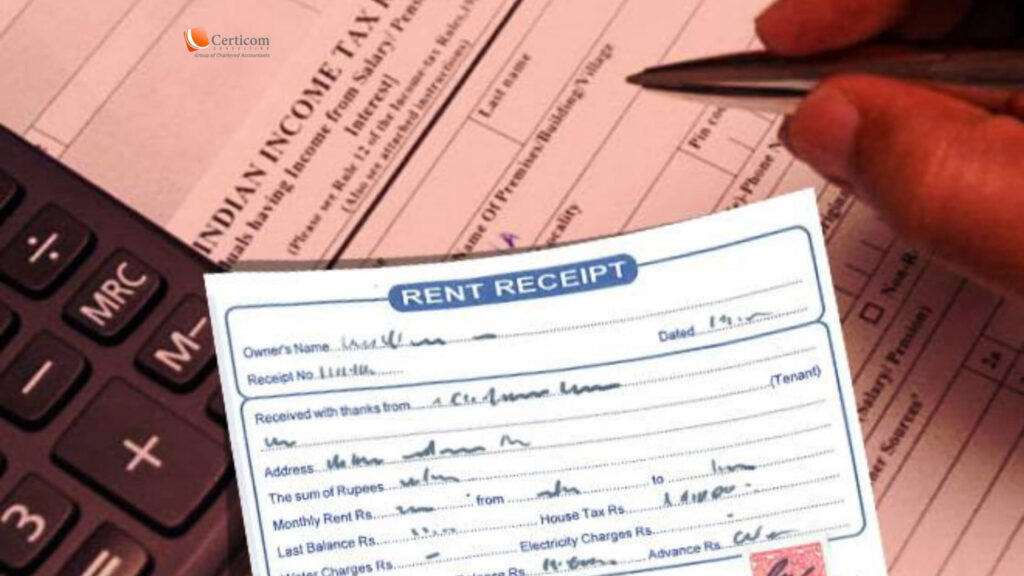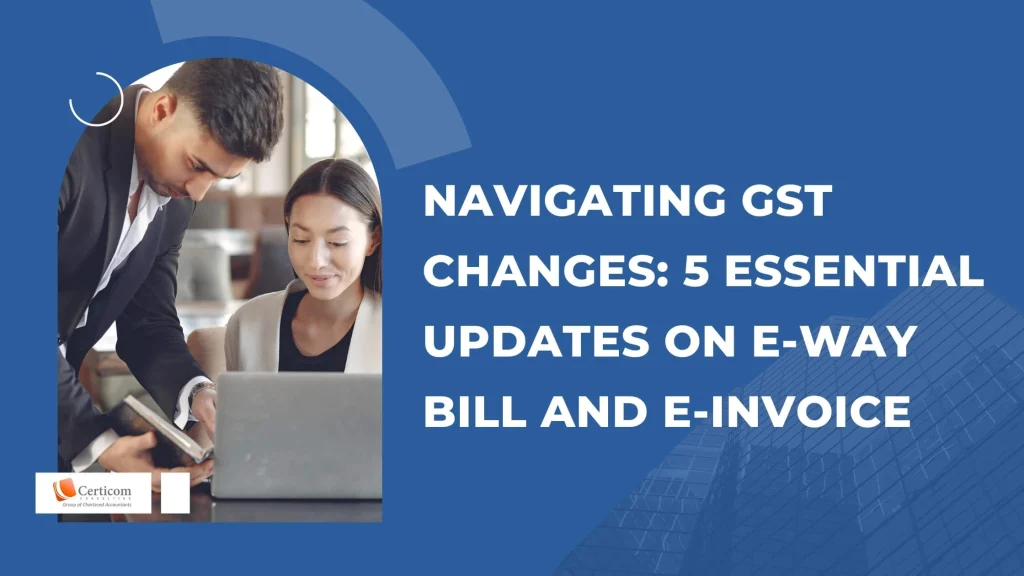- Have any questions?
Submitting Fictitious Rent Invoices? Income Tax Division May Find You.

Some people submit fictitious rent agreements and rent receipts to the Income Tax Department as investment proof in an attempt to reduce their tax liability. If you’re considering taking a similar action. Take caution! This is one way that the Income Tax Department might apprehend you.
Income Tax Return Tips
For Indians who are salaried, January is a critical month. Employers request investment documentation from staff members this month. These could take the shape of rent receipts, tuition fee receipts, LICs, ELSS, or other tax-saving programs.
Your employer will compute your taxes and deduct them from your pay over the next three months based on these documents.
The Income Tax Department (I-T) Department makes the last deduction and may possibly issue a tax refund.
Some people submit fictitious rent agreements and rent receipts as investment proof in order to reduce their taxes. Just wait if you’re considering doing something similar. The IT division can find you.
In this way, a lot of people have been saving taxes for many years.
It is also being noticed by the Income Tax Department, which has begun to take tough measures against these unlawful activities.
The Income Tax Department has started sending notifications (IT notifications) to people who claim tax deduction by submitting fraudulent rent receipts since last year.
The question of how this is occurring now emerges. How does the IT department determine whether a specific rent receipt is authentic or fraudulent?

What Income Tax Department does
The Income Tax Department is utilizing artificial intelligence (AI) in the age of bogus rent receipt detection.
Form-16 is paired with AIS Form and Form-26AS for this purpose.
We would like to inform you that all PAN card transactions are documented in these forms.
The Income Tax Department compares a taxpayer’s application for House Rent Allowance through rent receipts with these papers; if there is a discrepancy, they take notice.
PAN number key to detection
House Rent Allowance is governed by a guideline that states that a person may only deduct HRA if they get it from their employer.
The employee will also need to supply the landlord’s PAN number if their rent payment exceeds Rs 1 lakh.
By doing this, the amount sent to your landlord’s PAN number and the amount claimed under your HRA are matched by the Income Tax Department.
All PAN-related transactions are recorded in AIS form.
You receive a notice from the IT Department if there is a discrepancy between the two.
You won’t need to submit your landlord’s PAN if your employer offers HRA and you are claiming less than Rs 1 lakh in rent annually.
That is to say, the I-T Department will not verify your claim for HRA up to Rs 1 lakh in this case.
How would you handle a cash rent payment?
Using cash for transactions is the first thing that springs to mind when trying to avoid dealing with the IT Department.
Assume for the moment that you responded to the Income Tax Department’s notification by stating that the reason for the discrepancy between the rent receipt and the landlord’s PAN transaction is because you paid the rent, or a portion of it, in cash.
The landlord may be subject to an increase in taxes if they provide accurate information, and the I-T Department may also send them a notice requesting a response.
In this case, you can also face fraud charges. It is better to avoid false rent receipts.

Why people break the HRA regulations
The ability to save a significant amount of tax through HRA fraud is the main cause of it.
Assuming you have declared your house’s rent at Rs 20,000 per month, or Rs 2.40 lakh annually, you would not be subject to direct taxation on this sum as long as you get at least Rs 2.40 lakh in HRA from the employer.
You do not, however, have a claim for the full amount if you have paid less rent than that.
Many people believe that they may save money on taxes in this kind of situation by fabricating bogus rent receipts, but the Income Tax Department is now detecting these frauds and issuing notices.
Related Post
Navigating GST Changes: 5 Essential Updates on E-Way Bill and E-Invoice
Pros and Cons of Presumptive Taxation Scheme for Professionals
Book A One To One Consultation Now For FREE
How can we help? *




